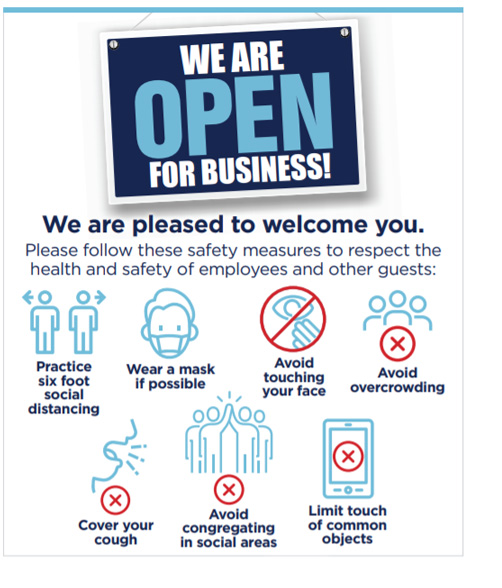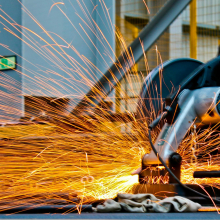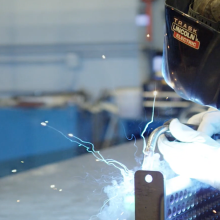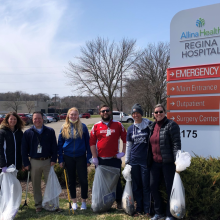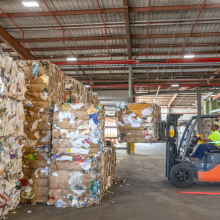Health and safety are paramount in reopening the economy
Businesses are leading by example in keeping Minnesotans safe
Minnesota is at a critical point in our shared effort to manage COVID-19 and bring forth a recovery of our state’s economy. As many states experience upticks in COVID-19 cases, it is important that Minnesota businesses and citizens understand and put into practice effective health and safety precautions. We’ve all sacrificed a lot in the last few months to prevent dire health consequences from COVID-19. And now our economy is opening up again, mitigating long-term economic devastation in our state.
The Minnesota Chamber has assisted businesses since the onset of COVID-19, helping them navigate health and safety recommendations and government regulations. We have a toolkit of resources for businesses to use in creating their preparedness plans. These highlight recommendations from the U.S. Occupational Safety and Health Administration (OSHA) and Center for Disease Control and Prevention (CDC). Following these guidelines will help you keep a healthy workforce in place and offer your vendors and customers peace of mind in working with you or coming into your workspace.
As of June 29, business in the state of Minnesota are required to have a “preparedness plan” in place to conduct operations. Recognizing that it’s not business as usual and businesses have a responsibility to protect workers and reassure customers, we have designed resources to help you develop and implement these plans.
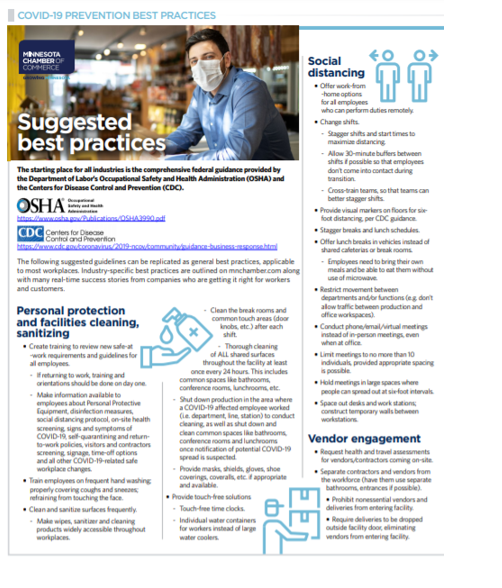 Best practices
Best practices
We released a list of “best practices” for businesses to utilize in creating their preparedness plan, and we continue to update this list today. It summarizes the ways that businesses protect their employees and customers, from providing the right personal protection equipment (PPE) and cleaning and sanitizing their facilities to proper distancing procedures for employees, customers and vendors. It also includes a section on monitoring employee health, a critical component to keeping a business running safely. Yes, these best practices include recommendation on the use of masks to help reduce the spread of the virus. Moreover, we continue to believe that the best preparedness plans are those designed when employers and employees are engaged in the execution of a plan and tailored to unique business structures.
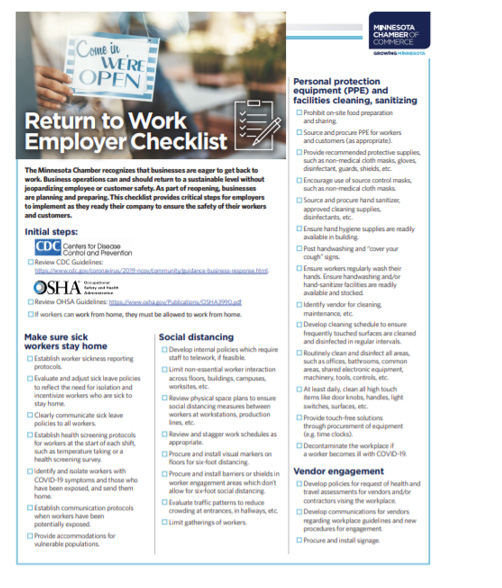 Checklist
Checklist
We also compiled a “checklist” of steps that businesses can take when reopening their doors, or welcoming back an increased number of employees or customers. This is a deeper look at the steps each business should take to be safe. How can you determine when employees should stay home? How can you change your physical workspace or employee hours to accommodate proper distancing? How do you communicate new procedures with everyone in your network, or mitigate potential litigation?
Signage
Finally, we made signage available to any business to post their safety procedures in their workplace. Printable posters and distancing signs are available to reinforce a business’ dedication to providing a safe, clean environment. Posting these materials help employees and customers understand and comply with health and safety guidelines, and they also boost confidence to know that a business truly cares about protecting them.
If you have a plan in place and are willing to share it with other Chamber members, please send it to us at mail@mnchamber.com. Your experience could help other businesses navigate these challenging times and keep their employees and customers safe.

Doug Loon
President
Minnesota Chamber of Commerce
